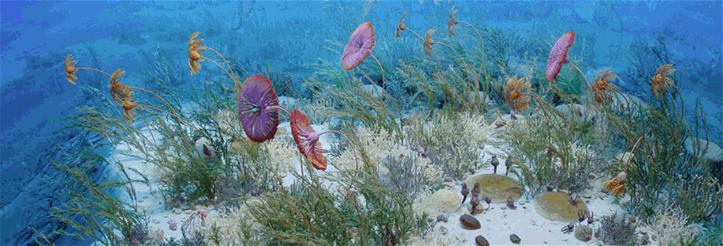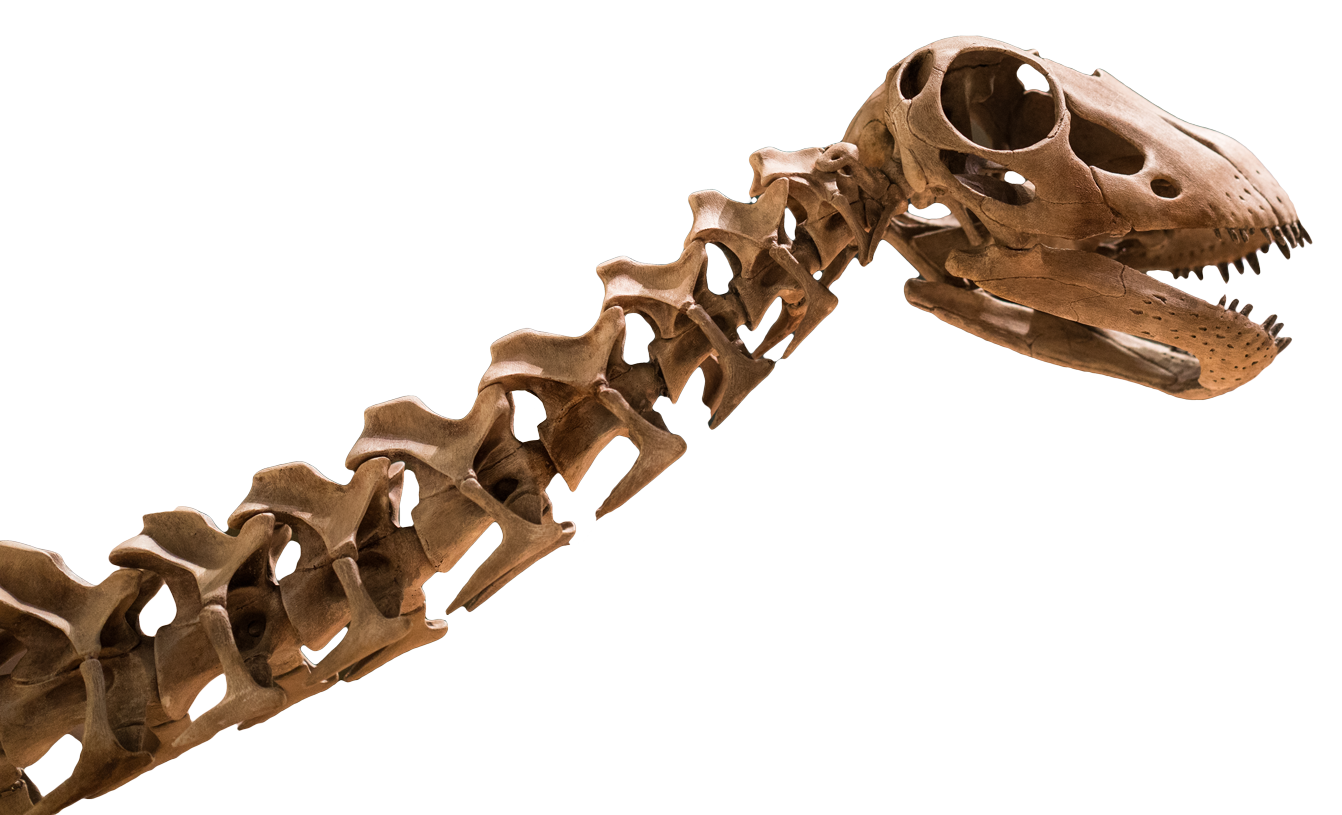The “Ordovician Radiation”
The Ordovician Period (488-443 million years ago) was a time of great change in the oceans. During the second half of the period, many groups of animals that had been rare in earlier communities became far more important. This event is called the “Ordovician Radiation” of life in the oceans. Rhynchonelliform brachiopods were among the big winners and increased in variety, as did some other groups like the crinoids and graptolites. Trilobites became less important as these other groups of animals became more diverse.

Communities that appeared during the Ordovician Radiation were noticeably different from those of the Cambrian. Even among animals with hard shells, there was a great increase in variety. The changes that happened at this time set the stage for the next 200 million years. Although different species and even families came and went, the same basic kinds of communities persisted in the oceans for the rest of the Paleozoic Era.
Can I find Ordovician fossils in Oklahoma?
Ordovician fossils are common in the rocks of the Arbuckle Mountains, and can also be found in the hills to the north of the Wichita Mountains.


